While diamond industry experts warn that demand is expected to outstrip supply as early as 2019, the largest mines keep producing the coveted rocks at full steam.
Here are last year’s top 10 diamond mines in terms of output and value, based on data compiled by expert Paul Zimnisky.

(Image courtesy of De Beers Group.)
Produced 11,975,000 carats, worth $2,347 million
Jwaneng, the richest diamond mine in the world, is located in south-central Botswana in the Naledi river valley of the Kalahari. It’s 2 kilometres across at its widest point and patrolled by colossal 300-tonne trucks that labour up the terraced slopes.
Nicknamed “the Prince of Mines”, Jwaneng was opened in 1982, as the diamond trade helped Botswana go from being one of the world’s poorest countries to one of Africa’s wealthiest.
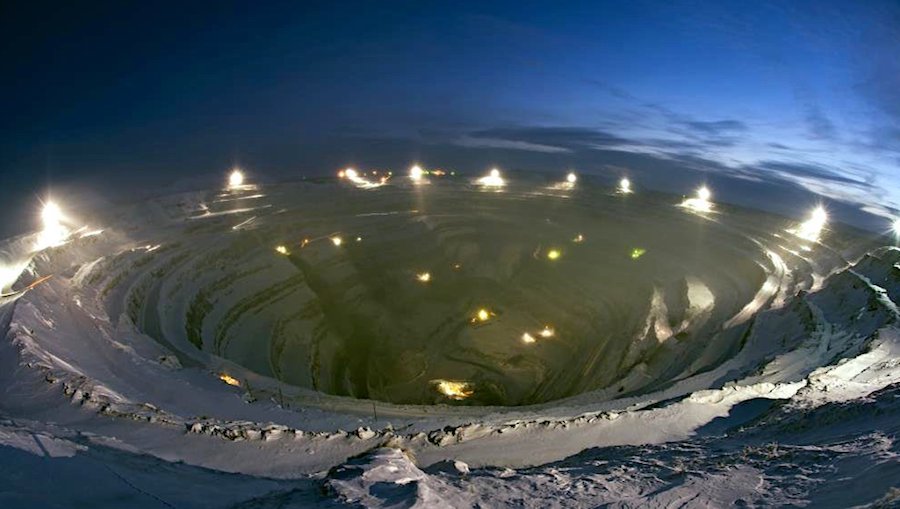
Sunrise at Yubileyny open-pit. (Image by Ruslan Akhmetsaphin | ALROSA.)
Produced 9,231,000 carats, worth $1,431 million
Belonging to ALROSA, the world’s top diamond miner by output in carats, the Jubilee mine (also known as Yubileinaya), has been in production since 1989. It’s among the world’s biggest diamond mines by area.

Image courtesy of Diamond Producers Association
Produced 3,948,000 carats, worth $829 million
Also known as Internatsionalny, this underground mine has been in operations since 1999. ALROSA estimates the deposit will run out of diamonds by 2022.
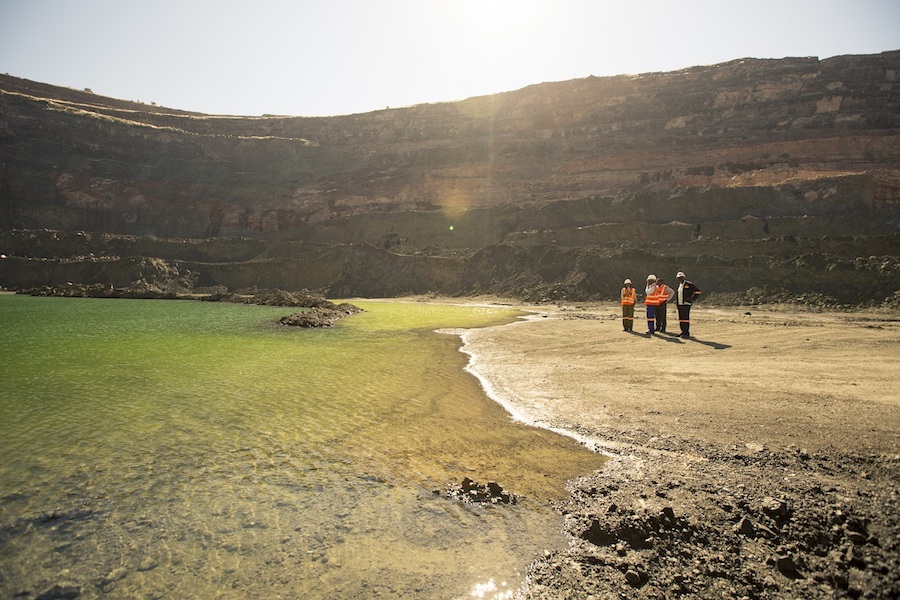
Image courtesy of Diamond Producers Association
Produced 7,931,000 carats, worth $753 million
The Orapa mine is the ninth largest diamond mine in the world by reserve and the world’s largest mine by area. It has been in production since 1971. It’s owned by Debswana, a joint venture of De Beers and the Botswana Government.
Currently Orapa is mining at a depth of 250 metres and is expected to reach 450 metres by 2026.

Aerial view of Debmarine’s Debmar Atlantic vessel, which mines diamonds off the coast of Namibia. (Image courtesy of Diamond Producers Association)
Produced 1,169,000 carats, worth $585 million
De Beers’ Debmarine uses a fleet of five specialized marine mining vessels to screen material recovered from the ocean floor.
These deposits are then airlifted by helicopter for further processing on shore. It’s Namibia’s largest diamond producer, accounting for 70% of the country’s output of these stones.
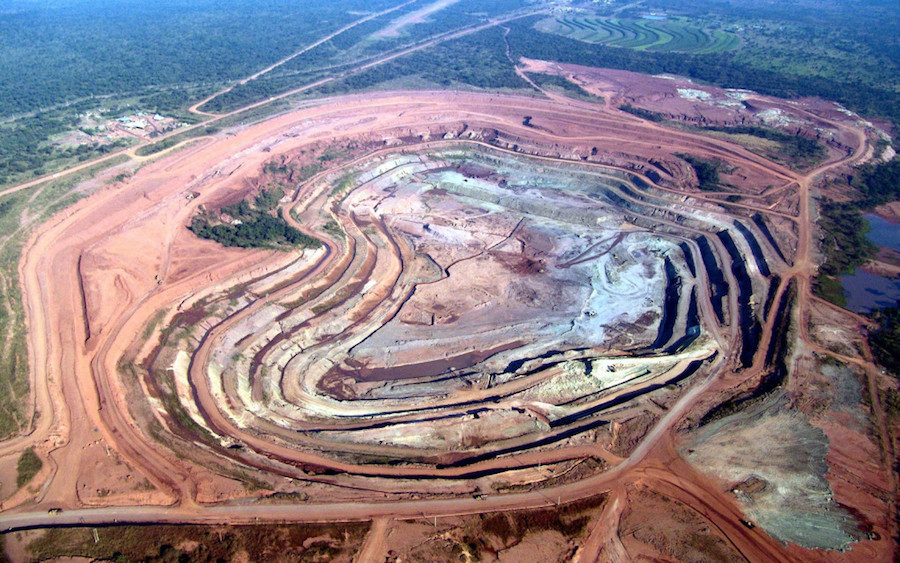
(Image courtesy of Wenco)
Produced 6,700,000 carats*, worth $570 million
This diamond mine is the world’s fourth largest. It’s owned by a consortium of international mining interests, with Endiama (the state mining company of Angola) having a majority stake.
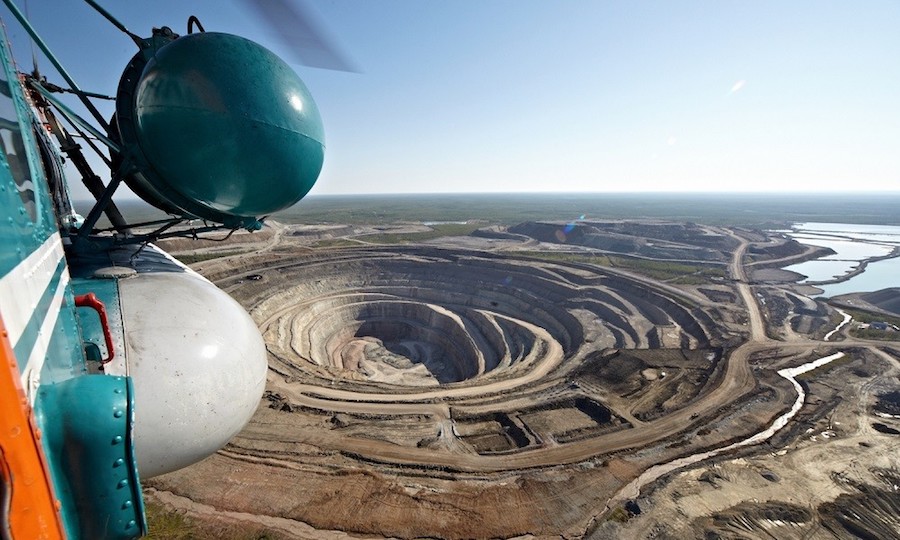
(Image courtesy of ALROSA)
Produced 5,001,000 carats, worth $565 million
The Nyurba Mining and Processing Division (MPD) is one of the youngest enterprises of ALROSA. It operates at the Nakyn ore field, which includes the Nyurbinskya and Botuobinsky open-pits, and two same-name alluvial placers.
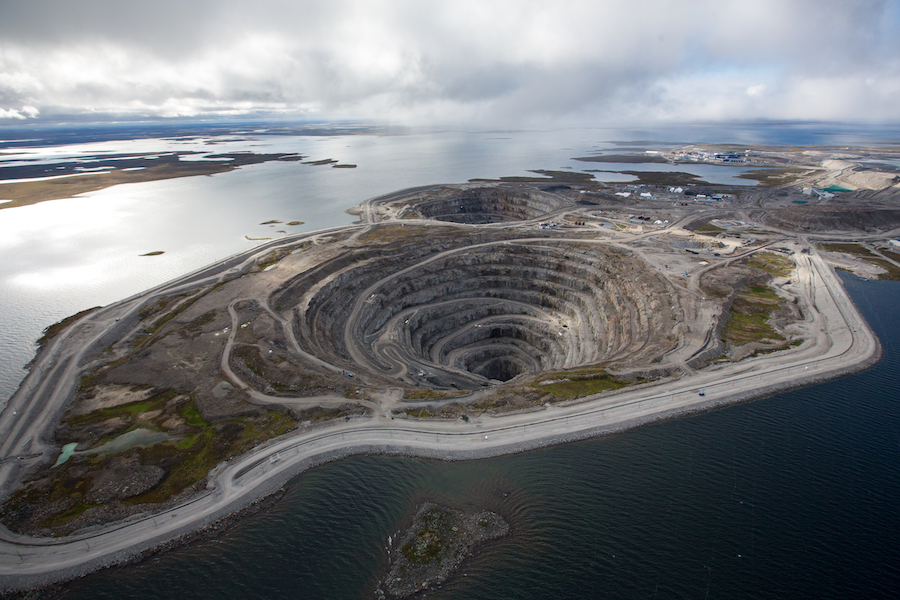
The impressive Diavik. (Image: Rio Tinto.)
Produced 6,658,000 carats, worth $539 million.
Operated by Rio Tinto, which owns 60% of the mine, Diavik began production in 2003 and has an annual output of some 6-7 million carats of predominantly large, white gem-quality diamonds. It’s Canada’s largest diamond mine in terms of carat production. Dominion Diamond owns the remaining 40%.
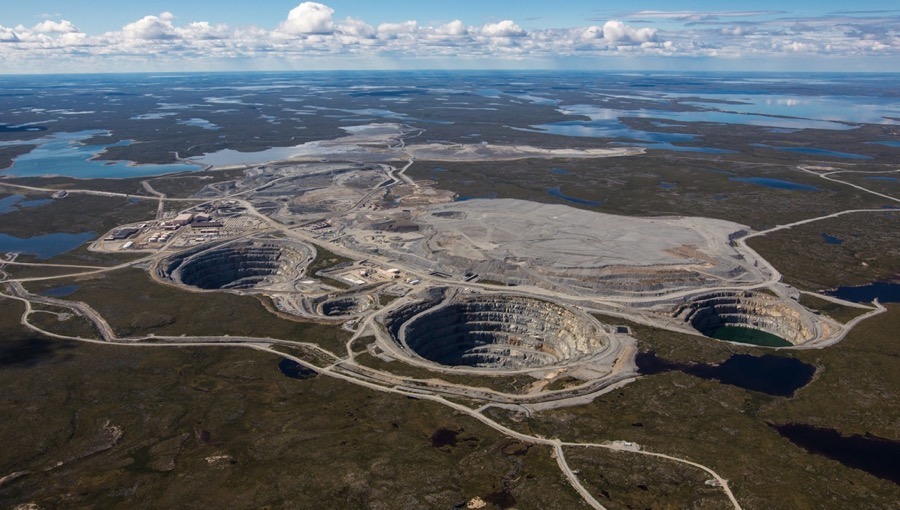
Aerial view of the Ekati mine, 300 kilometres northeast of Yellowknife. (Image: Dominion Diamond Corporation)
Produced 5,200,000 carats, worth $463 million
The Ekati Diamond Mine (named after the Tlicho word meaning “fat lake”) is Canada’s first surface and underground diamond mine. Located about 300km north-east of Yellowknife, near Lac de Gras in Canada’s North-West Territories, is run by Dominion Diamond Corporation (DDC).

(Image courtesy of ALROSA)
Produced 3,191,000 carats $463 million
Although open pit mining at this operation ended in 2004, ALROSA built a series of underground tunnels, which have continued to yield high-quality rough diamonds. The remaining pit is so huge it creates a vortex potentially strong enough to suck helicopters into its depths.
Comments
Disgusted of South Moulton
Wow!